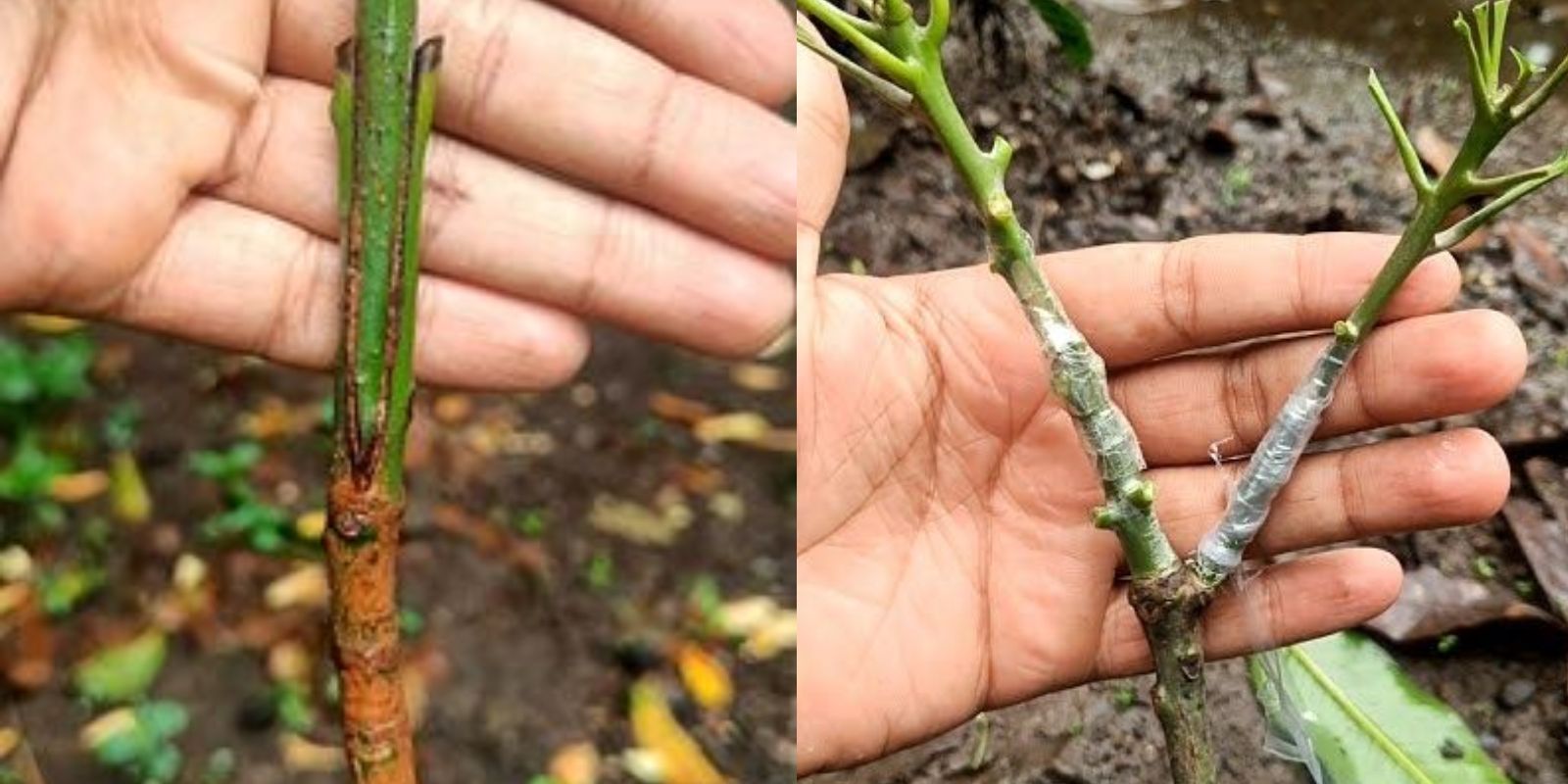Mangoes are one of the most beloved tropical fruits, enjoyed for their juicy sweetness and rich flavor. Grafting is a time-tested horticultural technique that allows gardeners to grow high-quality mango trees with desirable fruit traits. By combining the hardiness of a rootstock with the superior fruiting abilities of a scion, you can achieve a healthy, productive tree that bears delicious mangoes. This guide will walk you through the grafting process, providing practical tips and insights along the way.
Why Graft Mango Trees?
Grafting mango trees has several benefits that make it an ideal choice for gardeners:
- Early Fruit Production: Grafted mango trees mature faster and bear fruit earlier than those grown from seed.
- Superior Fruit Quality: You can choose scion varieties with the best flavor, size, and yield.
- Disease Resistance: The rootstock can be selected for its resistance to soil-borne diseases, improving tree health.
- Space Efficiency: Grafted trees often grow to a manageable size, making them suitable for small gardens or containers.
Tools and Materials Needed
Before starting, gather the following items:
- Sharp grafting knife or blade
- Healthy rootstock (young mango tree)
- Scion from a mature, high-quality mango tree
- Grafting tape or plastic wrap
- Rubber bands or clips (optional)
- Plastic bag or grafting sleeve
- Pruning shears
Choosing the Right Rootstock and Scion
- Rootstock Selection:
- Use a vigorous and disease-resistant mango seedling, 1–2 years old.
- The rootstock should have a strong, healthy trunk and no visible signs of disease.
- Scion Selection:
- Choose a branch from a mature mango tree known for its superior fruit quality.
- The scion should be about the same thickness as the rootstock and have several healthy buds.
Step-by-Step Grafting Process
Step 1: Prepare the Rootstock
- Cut the rootstock stem at a height of about 6–8 inches from the ground.
- Use a sharp knife to make a vertical slit in the center of the cut stem, about 1–2 inches deep. This will create the opening for the scion.
Step 2: Prepare the Scion
- Cut a healthy scion into a wedge shape at the base, ensuring it fits snugly into the slit on the rootstock.
- The cut should be clean and smooth to promote proper healing and growth.
Step 3: Join the Rootstock and Scion
- Carefully insert the wedge-shaped scion into the slit on the rootstock, ensuring the cambium layers (the green layer beneath the bark) of both parts are aligned. This alignment is crucial for nutrient flow and successful grafting.
Step 4: Secure the Graft
- Wrap the grafting area tightly with grafting tape or plastic wrap to hold the scion in place and prevent air and moisture from entering.
- Use rubber bands or clips for additional support if needed.
Step 5: Cover the Graft
- Place a plastic bag or grafting sleeve over the graft to maintain humidity and protect it from drying out.
- Secure the cover loosely at the base to allow for some airflow.
Step 6: Post-Grafting Care
- Keep the grafted tree in a shaded area to avoid direct sunlight.
- Water the tree regularly to keep the soil moist but not waterlogged.
Step 7: Monitor the Graft
- Check the graft after 2–3 weeks to see if it has healed. Look for signs of new growth on the scion.
- Once the graft is secure, remove the plastic cover gradually to acclimate the graft to normal conditions.
Caring for Your Grafted Mango Tree
- Pruning: Remove any shoots that emerge from the rootstock to ensure all energy is directed toward the grafted scion.
- Fertilization: Apply a balanced fertilizer to promote healthy growth. Avoid over-fertilizing, as this can damage young grafts.
- Pest Control: Watch for pests such as aphids or scale insects and treat them promptly with organic or chemical solutions.
- Mulching: Add a layer of mulch around the base to retain soil moisture and regulate temperature.
Common Grafting Mistakes and How to Avoid Them
- Misaligned Cambium Layers: Ensure the cambium layers of the rootstock and scion are in contact for successful grafting.
- Drying Out: Cover the graft properly to maintain humidity and prevent the scion from drying out.
- Weak Graft Union: Secure the graft tightly with tape to avoid movement that could disrupt healing.
- Using Unhealthy Materials: Always select disease-free and healthy rootstock and scion for optimal results.
When to Graft Mango Trees
The best time to graft mango trees is during the active growing season, typically in spring or early summer. During this time, the tree’s growth hormones are active, increasing the chances of successful grafting.
Benefits of Grafting Your Mango Tree
- Saves Time: Grafting allows you to skip the long waiting period of growing mangoes from seed.
- Customization: Choose specific mango varieties to match your taste and growing conditions.
- Cost-Effective: Instead of buying multiple trees, grafting lets you grow several varieties on one tree.
Get Started Today!
Grafting is an easy and rewarding way to grow high-quality mangoes in your backyard. With patience and practice, you’ll enjoy the fruits of your labor—literally!
Have you tried grafting mango trees? Share your experiences, questions, or tips below! 🌱🥭
#MangoGrafting #GrowYourOwnFood #TropicalGardening #DIYFruitTrees #SustainableGardening #GardeningTips #BackyardFarming #HomeGardenHacks #FruitTreeCare #GardeningGoals

